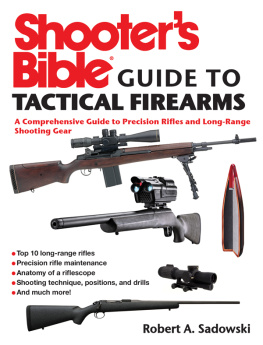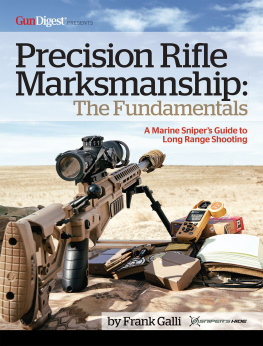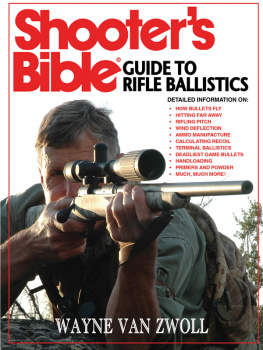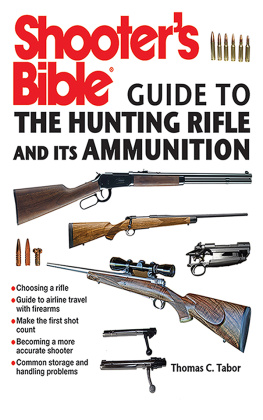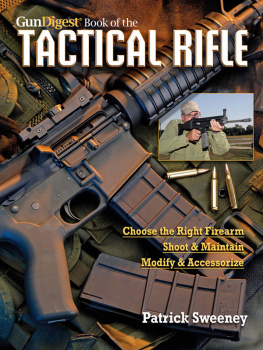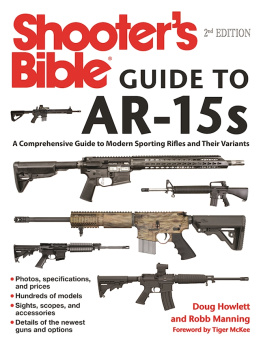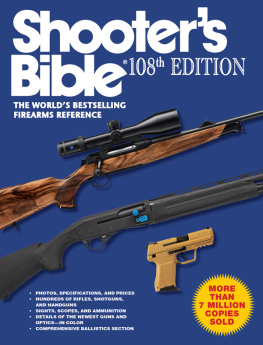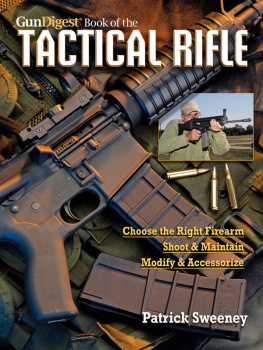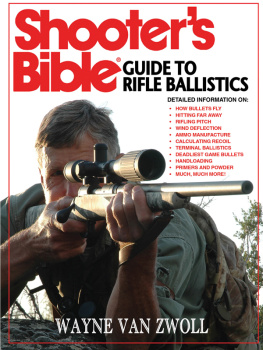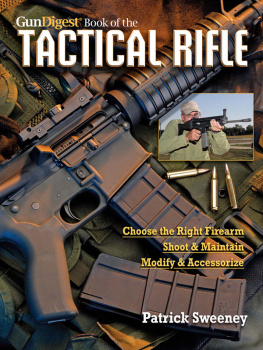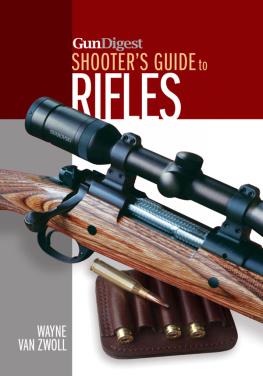Copyright 2015 by Robert A. Sadowski All rights reserved. No part of this book may be reproduced in any manner without the express written consent of the publisher, except in the case of brief excerpts in critical reviews or articles. All inquiries should be addressed to Skyhorse Publishing, 307 West 36th Street, 11th Floor, New York, NY 10018. Skyhorse Publishing books may be purchased in bulk at special discounts for sales promotion, corporate gifts, fund-raising, or educational purposes. Special editions can also be created to specifications.
For details, contact the Special Sales Department, Skyhorse Publishing, 307 West 36th Street, 11th Floor, New York, NY 10018 or . Skyhorse and Skyhorse Publishing are registered trademarks of Skyhorse Publishing, Inc., a Delaware corporation. Visit our website at www.skyhorsepublishing.com. 10 9 8 7 6 5 4 3 2 1 Library of Congress Cataloging-in-Publication Data is available on file. Cover design by Owen Corrigan Print ISBN: 978-1-63220-534-6
Ebook ISBN: 978-1-63220-935-1 Printed in China There are times when wolves protect the lambs. Let us celebrate these punishers of evil for their courage, honor, and technique.
Let us also remember and celebrate those who do not return. It is right and just. Only accurate rifles are interesting. Townsend Whelen CONTENTS Foreword I n my younger, more vulnerable years, when I roamed woods and abandoned farms, my father offered some advice: he would rather be lucky than good. Dad had been a bird and deer hunter and extolled the virtue of practice but would rather have luck on his side. It was only later on as I became more intimate with calibers and rifles and hunts that ended well or otherwise that I realized what he meant.
I have in me what he had and what so many others have, toothe ability to create one ragged, hairy hole in a target at distance or cleanly kill a beast with a single shot. So in the end I, too, would rather be lucky, but I train and practice and study to ensure my bullet will fly true. Robert A. Sadowski East Haddam, CT January 2014 Once again, to Deborah whom I love. Introduction W here the circles of the competitive rifle, hunting rifle, and military service rifle intersect is the area where the precision rifle lives. Since the days of the Springfield trapdoor rifle, service men have brought military service rifles into hunting camps.
Military rifles like the KragJrgensen, 1903 Springfield, and todays AR-15 have been transformed to do the work of a hunting rifle. Those same military rifles are also used in competitive shooting. Service rifle matches see the use of AR-15s, M1 Garands, and M14s. But while military service rifles provide good accuracy, in times of need (like during the Vietnam War), Winchester Model 70 hunting rifles mounted with scopesgrabbed off sporting goods store shelveswere used as makeshift sniper rifles. In the early days of our nation, the rifle (more than likely a Kentucky, Tennessee, or Pennsylvania longrifle unless there was a musket liberated from one of King Georges troops) was used to put food on the table and protect ones family. It was also the instrument through which our militia conducted our revolution.
In times of peace, that same rifle gave the winning shooter bragging rights at turkey shoots and other informal contests. The longrifle was purposebuilt by European immigrants to better fit the scenario offered by North America. A true student of longrifles can identify where and who built a rifle by knowing the caliber, lock work, and other details. Since those early longrifles, firearms producers have been making improvements to every aspect of the rifle. Better, heavier barrels; stocks built out of non-warping synthetic material rather than wood; triggers that break like thatI hate to say itmythical glass rod. Optics and cartridge design has kept up with rifle development.
Bullets that slip through the air with minimal friction. If they had taught ballistics in science class and trajectory in math class, I would have paid more attention. Optics that easily allow a talented shooter to hit a target at 500 or more yards. Long range shooting in America is as old as this country is young. Shooters have always had a fascination with shooting at distance whether they are plinkers, competitive shooters, or hunters. The ability to place rifle bullets in the same hole of a target or kill an animal quickly are goals we all share.
In recent years the interest in tactical precision rifles has increased with many factory and custom rifle makers plying their skills producing rifles that can easily outperform the ability of many shooters. This Shooters Bible Guide will help new and experienced shooters make smart equipment purchases ranging from rifles and optics to ammunition and gear. I thought I knew a thing or two about precision tactical rifles but writing this book has deepened my understanding of the nuances of rifles, optics, and ammunition. I know more today than I did when I started and as equipment evolves, I hope to evolve with it. I am forever a student of the rifle. Acknowledgments T he author wishes to acknowledge the help from the following people and companies.
Edwin Parry of Black Hart Long Arms, Michael Haugen from Remington Defense, Vin Bagalia from BML Tool, Doug Wicklund Senior Curator at the NRA NationalFirearms Museum, Gunsite Academy for images of the late Jeff Cooper, Eduardo Abril de Fontcuberta for his keen sniping experience, Stu Stoyanovich, and Neil Delmonico form Brooklyn Trading Post. I also need to thank some of the websites like dragunov.net and snipercentral.com for their insight and use of their data. All the custom gun builders for their help with images and specs and incessant questions, and all the factory built rifle companies especially Tom Dodge of Mitchells Mausers, Bill Dermody of Savage, Kathy McQueen of SIG Sauer, and Uberti; optics manufacturers especially Bushnell, Hi-Lux Optics, Pat Mundy of Leopold, Reinhard Seipp and Shannon Jackson of Meopta, Kyle Brown of Nightforce Optics, Nikon, Dean Capuano of Swarovski, Leica, and John Williams III and George Syrengelas of U.S. Optics; ammunition manufacturers especially Hornady and Norma; and finally all the gear manufacturers especially Lou Schwiebert of Ballisticard Systems, BlackHawk!, Larry Weeks of Brownells, Dewey Rods, Do All Targets, Tony Gimmellie at Impact Data Books, Lenspen, LouAnn Robinson of Mildot Enterprises, Otis Technology and Traditions Performance Arms. Thanks to Harris Publications, a version of Accurate-Mags Multi-Caliber Rifle Chassis System and .300 Norma Magnum and .338 Norma Magnum appeared in Special Weapons for Military and Police ; a version of Americas Last Bolt-Action Combat Rifle: M1903A3 Springfield appeared in Military Surplus ; and a version of Savage Arms Model 25 Lightweight Varminter-T appeared in Gun Annual . A version of Ideal Tool: Reloading Like the Buffalo Hunters and 6.5 Creedmoor are reprinted from GunHunter Magazine courtesy of Buckmasters LTD.
Versions of Ballistic Reticle Rifle Scopes, Range Finder Binocular, and Laser Range Finders appeared in Gun-Tests . 1. Top 10 Long-Range Rifles Precision Rifles of Historical Significance A long-range rifle needs to be extremely accurate at distance, give consistent accuracy, and be reliable no matter the environmenthumid jungle heat, corrosive sea water, dry grit of desert, or icy cold mountain. Over the centuries these weapons have evolved, adapting to environments and user needs. At times the line blurs between hunting rifles and sniper rifles, which illustrates how intrinsically entwined the two rifle types are and reaffirms their mission to kill, be it man or beast. It would be ignorant not to consider the influence rifle target shooting competition has had on the evolution of long-range rifles.

